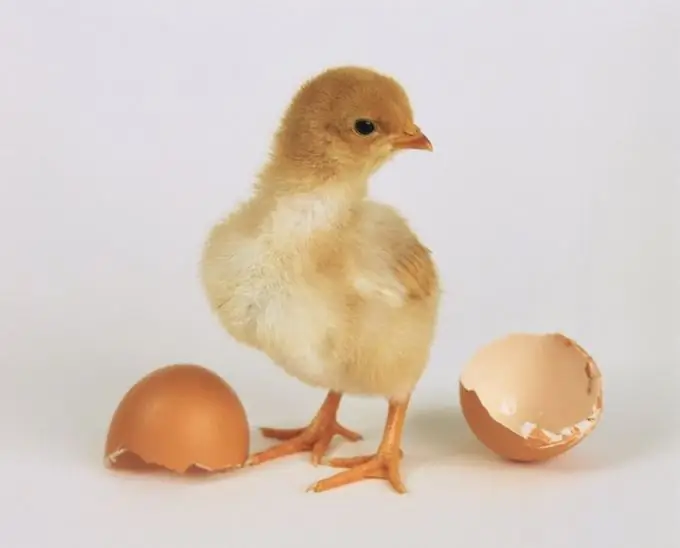- Author Nora Macey [email protected].
- Public 2024-01-10 01:42.
- Last modified 2025-01-23 08:48.
Today, hatching chicks for your own backyard in an incubator is easier than choosing a reliable hen. Firstly, for these purposes, a chicken is needed, which itself emerged from the egg not in the incubator. Secondly, there is no guarantee that a woman who is seated to soar will not be embarrassed by something, and she will not leave the nest. The incubator will do everything automatically and with much greater success.

Necessary
- - household incubator
- - source of electrical energy
Instructions
Step 1
Artificially, without a brood hen, people have learned to breed chickens for a long time. The simplest incubators were used in tropical countries long before our era - several millennia ago. They were insulated barrels or whole special rooms. In Russia, for a long time, "pestles" were taken out on the Russian stove. Incubators close to modern designs appeared in Europe and the USA in the 19th century, with the development of electricity.
Step 2
The word "incubator" in translation from Latin (Incubo) means "I hatch chicks." As observed by observant ancestors, a brood hen sits on eggs, warming them with its body temperature. And in the design of artificial "brood hens" it is fundamental to create a certain temperature regime. Lacking precise instruments and the ability to regulate parameters, the ancient poultry breeders managed to breed chicks of chickens, geese, ducks and other birds, albeit with a low percentage of output.
Step 3
Modern industrial incubators are fully automated with built-in software. The human factor in the process of "incubation" is minimized here. Household incubators differ little from them in terms of the principle of operation. The main difference between an incubator for a home and an industrial one is the number of operating modes and the capacity of the device.
Step 4
A home incubator has three main elements:
- a body that houses a grate for eggs and a tray for water;
- covers with a built-in heating element;
- a thermostat that allows you to set and regulate the temperature inside the chamber.
Step 5
Before loading the incubator with eggs, the chamber must be warmed up to the specified temperature. Pour water into a metal tray - it will provide the necessary moisture. If the incubator is not equipped with an automatic egg-turning device, do it manually for even heating. The openings on the incubator lid are designed for forced air circulation - they must not be closed.






